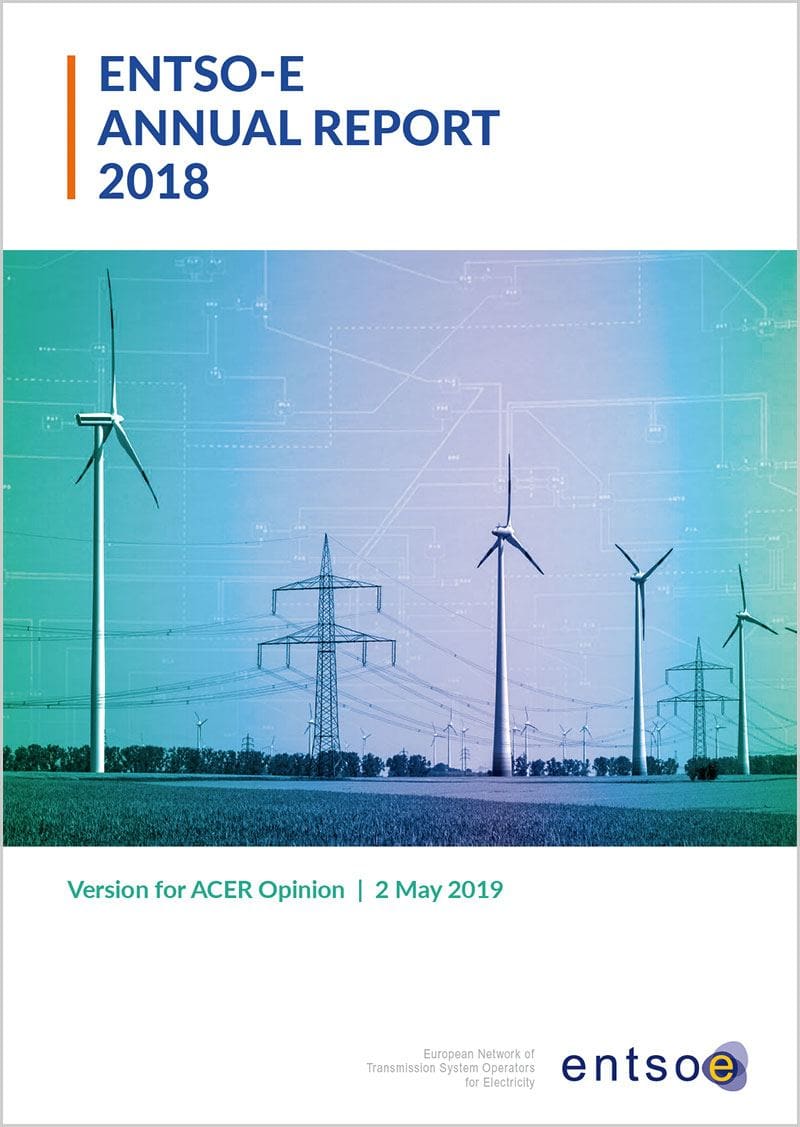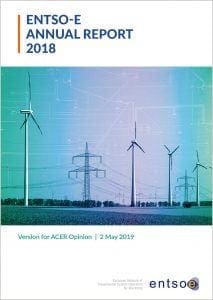Coordinate and facilitate regional development
Coordination and/or harmonization at regional level are also ensured by network codes, in particular the CACM and FCA Regulation and the SO Guideline (see Chapter 1). Regional coordination is typically handled by Regional Security Coordinators (RSCs), who perform tasks for TSOs (covered in Chapter 1 under System Operation Guideline). Regional coordination also involves sharing best practices and experience. In 2018, ENTSO-E organized and facilitated knowledge-sharing sessions between regions.
Frequency deviations in Continental Europe
Since late 2017, the Continental European (CE) synchronous area has been experiencing a system frequency deviation from the mean value of 50 Hz. The power deviations originate from the Serbian control area and have led to a slight decrease in the electric frequency average.
Throughout 2018 ENTSO-E has been in discussions with Serbian TSO EMS and Kosovo* TSO KOSTT in an attempt to solve the CE Deviations problem. ENTSO-E’s role is to promote the reliable operation, optimal management and sound technical evolution of the European electricity transmission system to ensure security of supply.
* This designation is without prejudice to positions on status and is in line with UNSC 1244 and the ICJ Opinion on the Kosovo Declaration of Independence.
System analysis of a possible synchronisation of Baltic countries to the Continental Europe synchronous area
The power transmission systems of Estonia, Latvia and Lithuania are embedded in the IPS/UPS systems with numerous synchronous interconnections to Russia and Belarus. In addition, the Baltic States are connected via DC links to Sweden (NordBalt), Finland (Estlink 1 and Estlink 2) and Poland (LitPol).
PSE, Litgrid, AST and Elering launched a technical study on the possibility of synchronizing the Baltic States, via Poland, with Continental Europe and de-synchronizing from IPS/UPS, with the objective of analysing the dynamic stability of the interconnected system. ENTSO-E commissioned a frequency stability study in parallel.
The results of the studies were presented to the European Commission and involved Member States. In June 2018 a political roadmap on the synchronisation of the Baltic States’ electricity networks with the continental European network was approved by the four countries involved and the European Commission. The roadmap sets the target date of 2025 for full synchronisation.
Following approval of the high-level group on the Baltic Energy Market Integration Plan in mid-September 2018, the Polish TSO PSE submitted a request to ENTSO-E’s Regional Group Continental Europe (RGCE, uniting all TSOs of the Continental Europe Synchronous Area) for the synchronisation of the Baltic grid with Continental Europe.
Key dates & documents
Political Roadmap on the synchronisation of the Baltic States’ electricity networks with the Continental European Network via Poland
Download
About this annual report
ENTSO-E’s Annual Report is a legally mandated deliverable, submitted to ACER for opinion. In line with ENTSO-E’s key activity areas, it is structured as follows:
1 and 2. Internal Energy Market: this part is divided into activities related to
i) network codes and ii) the future power system;
3. Develop a new ICT approach and capability, including cyber-security;
4. Develop the DSO partnership;
5. Coordinate and facilitate regional developments;
6. Develop transparency and trust, including stakeholder engagement activities.
The resources used to deliver these objectives are detailed in Annex 1.
The activities described in this report were delivered thanks to the collective work of ENTSO-E’s 43 member TSOs and ENTSO-E’s Secretariat based in Brussels.





